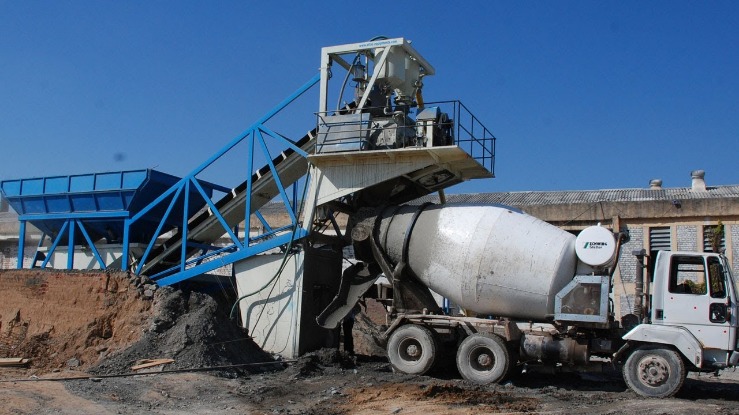Modern infrastructure projects demand precision and safety, and there’s no room for guesswork. This is where advanced techniques like Ground Penetrating Radar (GPR) come into play. GPR, along with methods such as Utility Locating, Concrete Scanning, Concrete X-ray, Rebar Locating, and Electrical Locating, ensure accurate, safe, and efficient excavation and construction projects.
The Power of Ground Penetrating Radar (GPR)
GPR is a non-invasive method that uses radar pulses to image the subsurface. By emitting electromagnetic waves into the ground, it detects reflected signals from subsurface structures.
Benefits of Using GPR
- Non-invasive: Eliminates the need for destructive testing methods.
- Accurate: Provides high-resolution images of subsurface conditions.
- Versatile: Suitable for various terrains and materials.
- Economical: Reduces costs associated with unexpected subsurface discoveries.
Utility Locating: Preventing Accidental Damage
Before any excavation project, it is crucial to perform Utility Locating to identify underground gas, water, and electrical lines. This not only prevents costly damages but also ensures worker safety.
Steps in Utility Locating
- Conduct a site survey to understand the project scope.
- Use Ground Penetrating Radar to detect buried utilities.
- Mark identified utilities on the ground to guide excavation.
- Cross-verify findings with historical records for accuracy.
Concrete Scanning and X-ray: Ensuring Structural Integrity
Understanding the internal composition of concrete structures is essential for renovation and maintenance projects. Techniques like Concrete Scanning and Concrete X-ray help in identifying embedded objects such as rebar, pipes, and electrical conduits within the concrete.
Concrete Scanning vs. Concrete X-ray
- Concrete Scanning: Uses radar technology to identify objects within concrete.
- Concrete X-ray: Offers a detailed image but requires both sides of the concrete surface to be accessible.
Read more about Concrete Scanning here.
Specialized Locating Techniques: Rebar and Electrical
Rebar Locating
Identifying the location of rebar within concrete is crucial for projects involving drilling or cutting. Rebar Locating techniques ensure that reinforcement bars are not compromised, maintaining structural integrity.
Electrical Locating
In renovation and demolition projects, accurately identifying live electrical wires is vital for safety. Electrical Locating uses specialized tools to detect live electricity, preventing electrical hazards.
FAQs
What is the difference between GPR and Concrete X-ray?
GPR uses radar waves to detect subsurface features and provides a real-time view, whereas Concrete X-ray uses x-rays to create detailed images but requires access to both sides of the concrete slab.
Why is Utility Locating important before excavation?
It prevents accidental damage to underground utilities, ensuring safety and avoiding costly repairs.
Can GPR detect all types of subsurface materials?
GPR is highly effective for various materials but may have limitations with highly conductive or saturated soils.
In conclusion, utilizing advanced Ground Penetrating Radar, Utility Locating, Concrete Scanning, Concrete X-ray, Rebar Locating, and Electrical Locating techniques is essential for safe, accurate, and efficient construction projects. These technologies help unearth the invisible, ensuring projects proceed without unforeseen complications.


